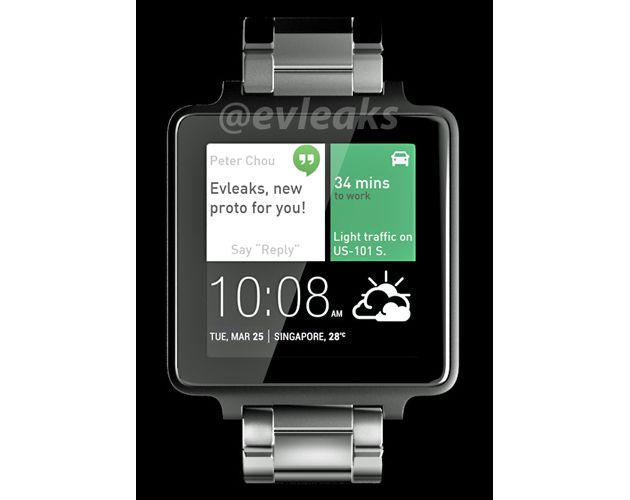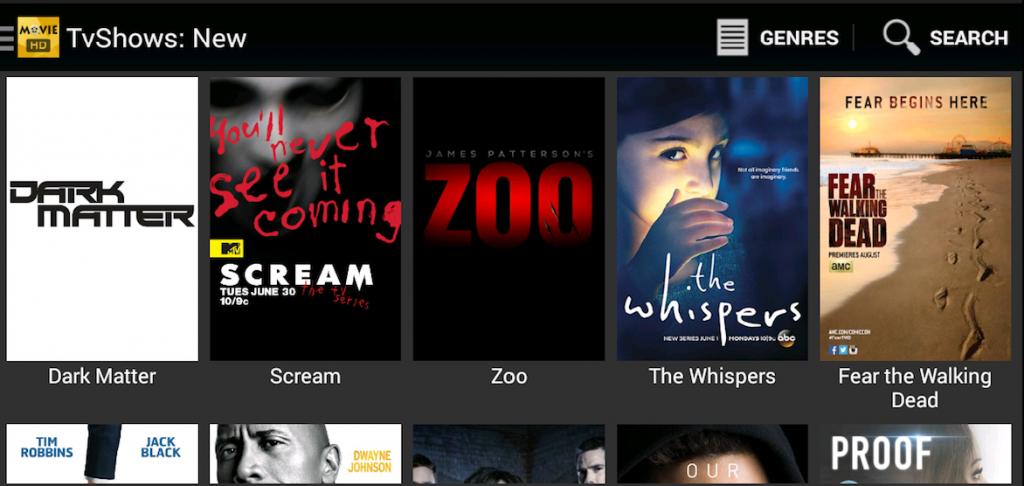HTC has been into rumours and leaks since the news came up that its manufacturing the next Nexus phones from Google this year and its quite hyped already. But who was waiting for a HTC Smartwatch? Because we have informations on when its making an appearance! So… Excited?
A little ways back, famous tipster Evan Blass tweeted away about an upcoming HTC smartwatch saying it would release in April. However, as you may have noticed, this never happened. But this doesn’t mean that we’re not getting it.
Evan Blass just tweeted a follow-up to his post back in February about an upcoming HTC smartwatch. Apparently, the device is real, it was just delayed. Now there’s belief that HTC will release this wearable in the second week of June.

We’ve been hearing about a HTC wearable, or smartwatch for over a year now so it wouldn’t surprise us if this once again doesn’t happen. So don’t get too excited just yet. I’m sure many of you are curious to see what HTC could have in store for a smartwatch. If the smartwatch is to run Google’s Android Wear, we might just hear more about it Google I/O, which is just about two weeks away. This would give HTC some time after I/O to prepare for its expected rollout in June. We’ll see what we get.
Seems pretty awesome as seeing a new Wearable tech from HTC for the first time is like an awesome thing! Can’t wait to see it on more “image” leaks and announcements. Let us know what are you looking forward the most in the HTC-made Smartwatch launching on June! We are here to listen to you and have a healthy discussion! 🙂



One Comment